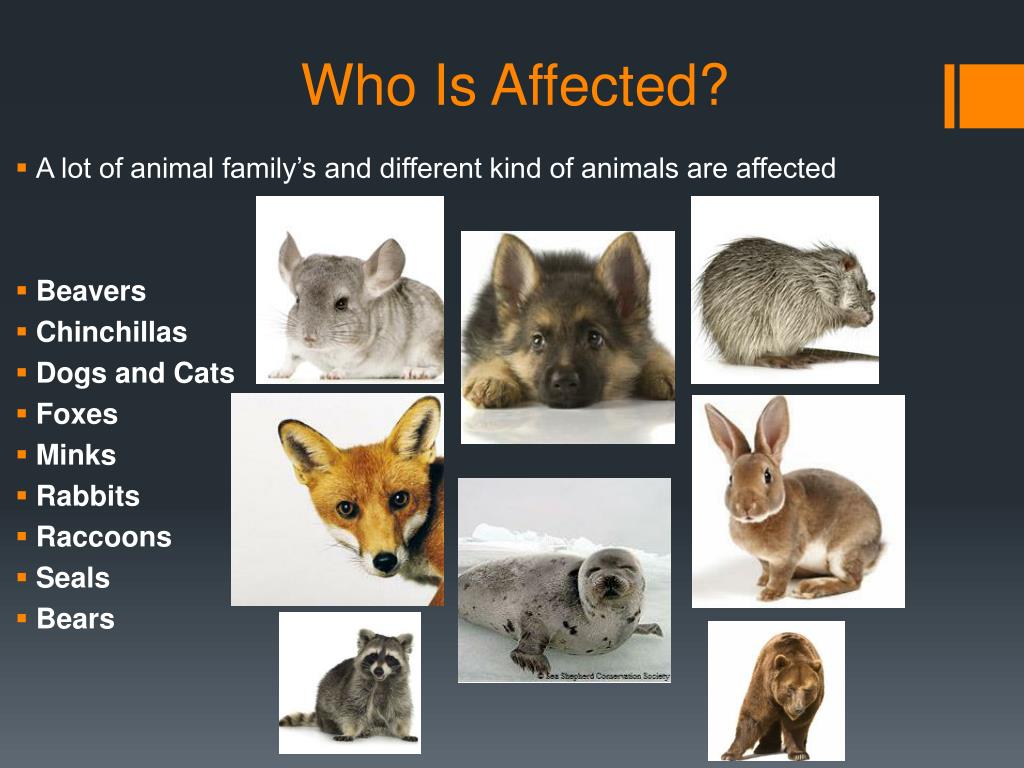The prevalence of animal cruelty is a disquieting reality that penetrates our society on various levels. While many individuals may consider cruelty to animals as solely an aberration of human behavior, the ramifications extend far beyond the immediate suffering of the animals involved. Indeed, a closer examination reveals who is truly affected by this pervasive malaise, prompting an exploration of the intricate tapestry of relationships between humans and animals.
To begin with, animals themselves are the most immediate victims of cruelty. This torment manifests in numerous forms, from physical abuse to neglect, and each instance leads to an escalation of distress not only for the animal but for society at large. Animals are often subjected to deplorable conditions in experimentation labs, puppy mills, and factory farms, where they are portrayed as commodities rather than sentient beings. The question arises: do we, as humans, comprehend the depth of suffering inflicted upon them? The stark disconnect between these creatures’ experiences and our perception of them can lead to a troubling normalization of such cruelty.
Moreover, the maladaptive behaviors of human perpetrators further complicate the narrative surrounding animal cruelty. Individuals who inflict harm on animals often display underlying psychological issues or societal dysfunctions. Research has shown a strong correlation between animal abuse and other forms of violence, suggesting that those who engage in these actions are themselves victims of a broader cycle of neglect or abuse. They are often acting out unresolved trauma, which cultivates a vicious cycle where both animals and individuals suffer in silence.
Communities also feel the consequential ripples of animal cruelty. The act of animal abuse destabilizes neighborhood dynamics, contributing to a culture of fear and mistrust. Local law enforcement and social services frequently find themselves entangled in a web of necessary interventions, yet funding and resources can be woefully inadequate. The presence of cruelty can suppress community involvement, as people become wary of engaging with each other while harbored suspicions loom about potential violence. Consequently, those animals that endure neglect may also inhibit community development and cohesion.
Undoubtedly, the psychological toll of animal cruelty on witnesses cannot be overlooked. Individuals who observe or learn about acts of cruelty often experience significant emotional distress. Whether it’s a child witnessing an act of violence against an animal or an adult encountering reports of widespread abuse, these unsettling experiences contribute to a cumulative societal trauma. Empathy, while a vital human trait, can also manifest in debilitating forms such as vicarious trauma, deeply embedding the scars of suffering within our collective psyche.
Furthermore, the ecological implications of animal cruelty expand the discussion into the realm of environmental impact. The commodification of animals in factory farming contributes to the degradation of ecosystems, highlighting a disconnected relationship between humans and the natural world. The environmental fallout—ranging from pollution to habitat destruction—affects not only animal populations but also human health. The ripple effect is both extensive and insidious, suggesting that animal cruelty plays a significant role in broader ecological crises.
In addition to the immediate environment, cultural factors shape the perception and prevalence of animal cruelty. Certain societies may hold ingrained beliefs that devalue the lives of animals, viewing them as resources rather than beings worthy of compassion. These cultural narratives can perpetuate cycles of cruelty, as the lack of respect for sentient life fosters an environment in which abuse can flourish unchecked. Conversely, efforts to promote humane education and awareness can disrupt these cycles, nurturing a new generation that values compassion and empathy.
The role of advocacy and legislation is crucial in addressing these widespread issues. Individuals and organizations that rally against animal cruelty serve as beacons of hope, advocating for legislative changes that can protect vulnerable beings. However, advocacy must also encompass the human aspect, recognizing the psychological drivers of cruelty. Effective intervention strategies may involve addressing societal issues such as poverty, mental health, and education, which are interwoven with incidents of animal abuse. Multifaceted solutions that engage communities, foster dialogue, and build coalitions are necessary to effect real change.
In conclusion, the effects of animal cruelty reverberate far beyond the immediate harm inflicted on innocent creatures. The scope of its impact touches animals, communities, societal dynamics, and the environment. Understanding the interconnectedness of these factors is essential in addressing the root causes of animal cruelty and fostering a culture of compassion. By recognizing that the suffering of animals transcends their physical torment, we can cultivate a collective awareness that compels action and change on various levels. In doing so, we honor the lives of those who cannot speak for themselves and advocate for a future where empathy, justice, and dignity are afforded to all living beings.







